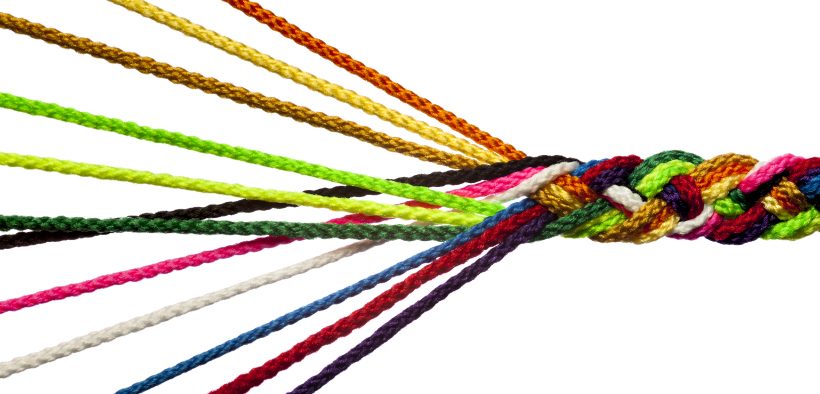“When are you going to run out of things to write about?” a colleague recently quipped in an email. Truth be known, I’ve wondered that myself. I do regularly revisit topics I’ve covered previously, but hopefully with new ideas and information. Surprisingly, when it’s time to write the weekly column, ideas do come to mind. How can that be? I started writing The Teaching Professor in 1987.
What Keeps Me Writing? The Simple Questions with Complex Answers

Related Articles
I have two loves: teaching and learning. Although I love them for different reasons, I’ve been passionate about...
Active learning is a mostly meaningless educational buzzword. It’s a feel-good, intuitively popular term that indicates concern for...
Perhaps the earliest introduction a student has with a course is the syllabus as it’s generally the first...
Generative AI allows instructors to create interactive, self-directed review activities for their courses. The beauty of these activities...
I’ve often felt that a teacher’s life is suspended, Janus-like, between past experiences and future hopes; it’s only...
I teach first-year writing at a small liberal arts college, and on the first day of class, I...
Proponents of rubrics champion them as a means of ensuring consistency in grading, not only between students within...








